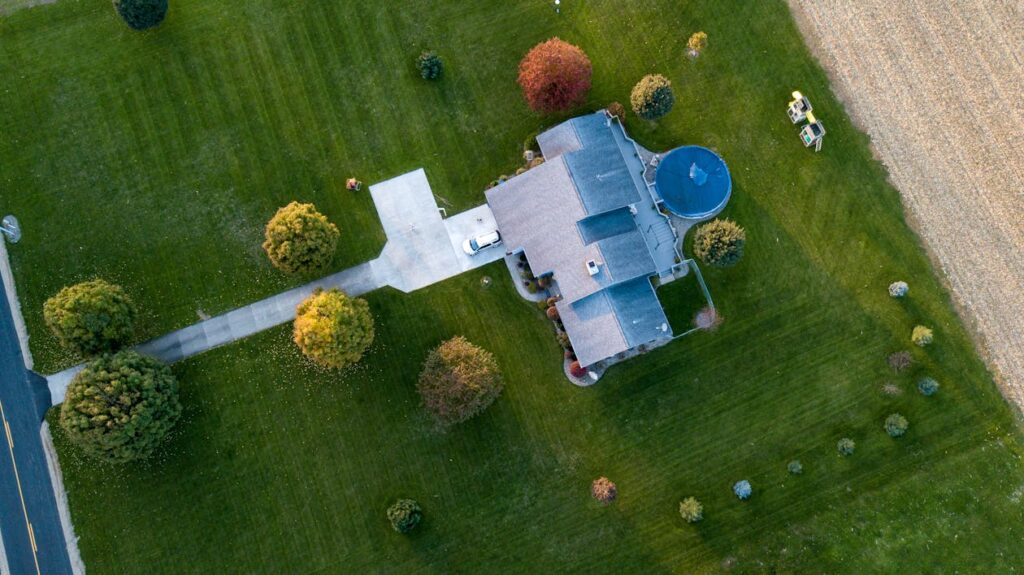Your roof does more than just shield your home from the elements, it plays a vital role in structural integrity, insulation, and long-term value. Yet, it’s one of the most commonly overlooked parts of a home when it comes to regular maintenance. Neglecting your roof can lead to costly repairs or even premature replacement, all of which are avoidable with routine care and inspections.
Proper roofing maintenance isn’t just for times when damage is visible. A proactive approach helps prevent problems before they start, saving you both time and money in the long run. Whether you’re a new homeowner or simply want to preserve your investment, here are some roofing maintenance tips that will help you avoid major issues down the line.
Schedule Regular Roof Inspections
One of the most effective ways to keep your roof in optimal condition is by scheduling regular inspections. At a minimum, have your roof professionally inspected once a year. It’s wise to arrange for a check-up after significant weather events like hailstorms, heavy snow, or high winds.
A qualified contractor will assess everything from shingle condition to flashing, gutters, and seals. These inspections catch early signs of wear and tear that may not be visible from the ground but can escalate if ignored. Leave deeper assessments to professionals who specialize in roofing services, as they are trained to spot issues safely and thoroughly. If climbing up yourself, be cautious and only inspect what you can from a ladder or binoculars.
Clean Gutters and Downspouts
Clogged gutters and downspouts are a common yet serious roofing problem. When water can’t flow freely away from the roof, it begins to pool along the edges, increasing the risk of leaks, wood rot, and even foundation issues.
Remove debris like leaves, twigs, and dirt from gutters at least twice a year, typically in spring and fall. Check that the downspouts direct water at least several feet away from the home’s base. Installing gutter guards can reduce the frequency of cleaning and prevent blockages caused by falling debris.
Address Minor Damage Immediately
A single missing or cracked shingle might not seem like a big deal, but it can quickly become one. Water only needs a small opening to penetrate the underlayment and cause significant damage. What begins as a minor flaw could turn into a leaky ceiling, mold growth, or rotting insulation.
Act promptly when you spot even the smallest signs of trouble. Address cracked caulking, exposed nails, rusted flashing, or buckling shingles before they worsen. Timely repairs help prolong the life of your roof and ensure your home stays dry and safe.
Trim Overhanging Branches
Trees provide shade and curb appeal, but overhanging branches can be a hazard to your roof. Strong winds or storms can snap branches and send them crashing onto shingles, causing immediate and sometimes catastrophic damage. Even smaller limbs brushing against the surface can wear down roofing materials over time.
Keep trees trimmed so that no branches hang directly above your roof. This helps minimize leaf buildup in gutters and discourages animals from accessing your roof and nesting near chimneys or vents.
Monitor for Moss and Algae Growth
In damp or shaded areas, moss and algae can take hold of your roof. While they might not cause damage immediately, over time, they retain moisture and can lead to material degradation. Moss can lift shingles, allowing water to seep underneath, while algae can discolor your roof and reduce its reflective properties.
Remove moss using a soft-bristle brush and a gentle cleaning solution; avoid pressure washers, as they can dislodge shingles. To prevent regrowth, consider zinc or copper strips installed along the roof ridge; rainwater washing over these metals creates an environment that deters moss and algae.
Ensure Proper Attic Ventilation
Many roofing issues originate from within the home, particularly in the attic. Poor ventilation can trap heat and moisture, which accelerates the deterioration of roofing materials from underneath. In winter, improper insulation and ventilation contribute to ice dams, which can damage shingles and gutters.
Check that your attic has adequate intake and exhaust vents. A balanced ventilation system allows hot air to escape in summer and prevents condensation in colder months. This protects the roof and improves energy efficiency throughout the house.
Taking care of your roof is about more than just avoiding leaks; it’s about preserving the health and value of your home. By scheduling inspections, cleaning regularly, addressing minor issues promptly, and hiring professionals, you can prevent major problems before they start.
Routine maintenance doesn’t just extend the life of your roof, it gives you peace of mind. And when your roof is sound, your entire home stands stronger against the elements. Stay proactive, and you’ll enjoy long-term savings and uninterrupted comfort, season after season.






